Civitavecchia, Rome Cruise Port Guide Info
Just a short train ride away from the “Eternal City” capital of Italy Rome sits the port of Civitavecchia. And while Rome needs no special description and explanation, as there are many sites to visit before embarking on your site seeing in Rome make sure to check out which sites might be most important to make this cruise experience one that you will never forget. Remember that from the port of Civitavecchia to Rome you need to take either a taxi or the train.
The Port of Civitavecchia officially named "Roma Cruise Terminal” has more than twenty piers utilized by cruise ships, ferry and container ships. Most of the cruise ships arriving in Civitavecchia dock at quays inside the outer wall on 11 (Traianea), and 12/12B/13A/13B (Antemurale Colombo). The port has 4 cruise terminals, Amerigo Vespucci, Bramante and temporary terminals at piers 11 and 25.
In May 2007, Roma Cruise Terminal started cruise operations from the Terminal Amerigo Vespucci. The terminal is one of the largest in Europe marking an important milestone for the company joint venture with Royal Caribbean Group, Costa Cruises, MSC.
Few things to be mindful of are that the train is great, affordable, as well as scenic way to get to Rome , but also make sure to plan out and check the train times, as well as give yourself plenty of time to return. While this is not an exhaustive list of places to visit, here are the top 11:
1. The Colosseum: need say anything other than the word “Colosseum”? Not really, but just here are few. The Colosseum dates as early as 72 A.D. and was used as an arena for games and gladiators capable to sit 50 000 spectators. Today while not in the original glory the third that remains is still breathtaking.
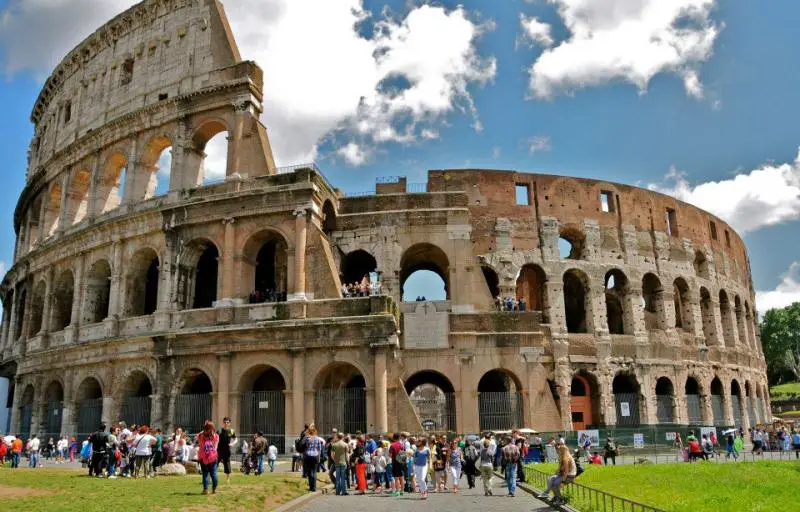
2. The Arch of Constantine: right next to the Colosseum it was erected in 315 A.D. and honored by the Emperor’s Victory over Pagan forces and Rome’s preparation for conversion to Christianity resulting from Constantine’s battlefield vision of a cross.
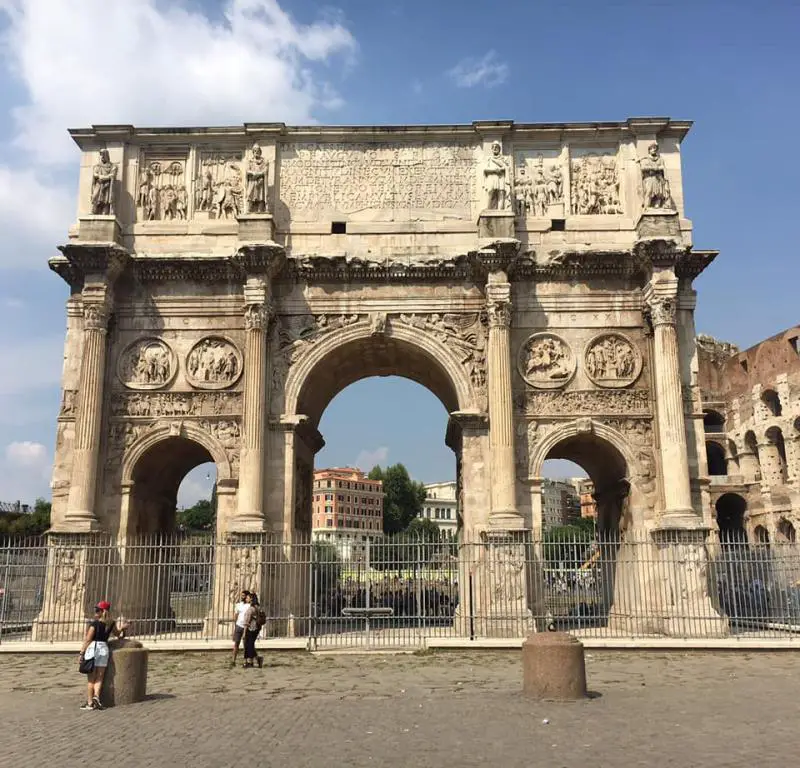
3. Forum: although today is a mass of ruins, it was once the commercial, civil and religious center of Rome where Romans were able to worship in the ceremonial buildings and temples, walk the two public halls and stood a lot of monuments and statues.
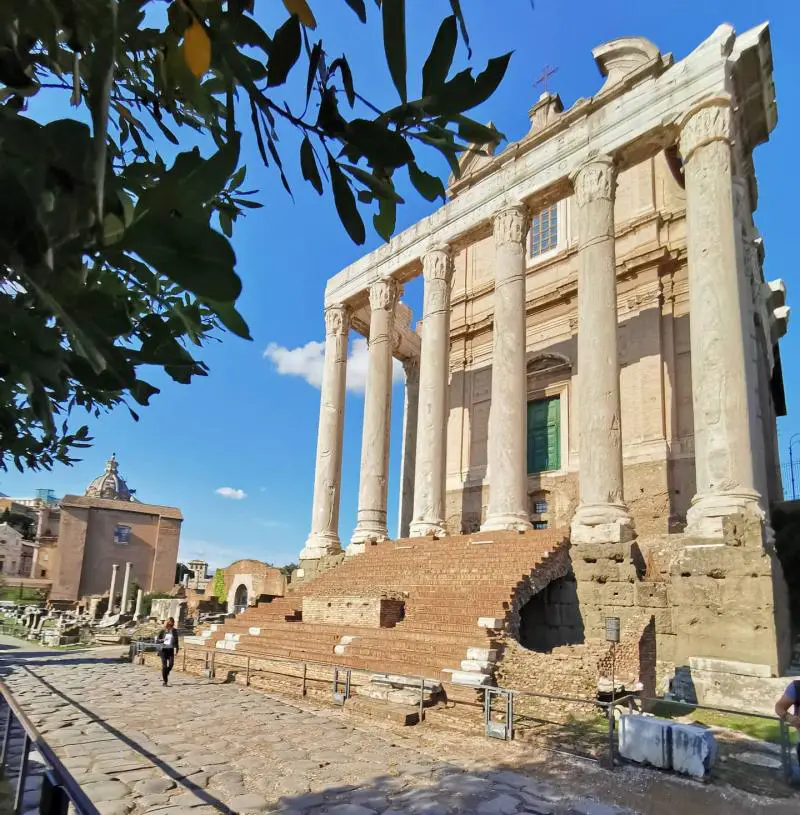
4. Pantheon: this is in the center of the city located in Piazza della Rotonda presented as the most perfect of the ancient monuments. Erected in 27 B.C. later restored by the Emperor Hadrian. In 606 A.D. it becomes a Christian church, while today it is a burial place for prominent people such as painter Raphael and members of the Italian royalty.
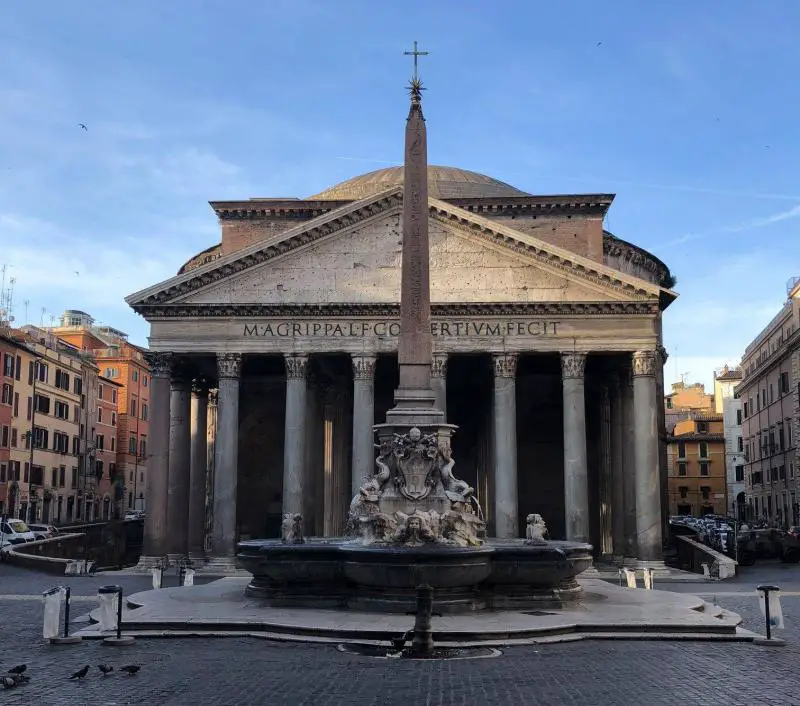
5. The Castel Sant' Angelo in Rome has a great story that is more impressive than it's interiors. Building began in 123 A.D. as a mausoleum for Roman Emporer Hadrian. Around 400 A.D. it became a military fortress and was built into the outer city walls for protection. You still enter through the plain Roman gate shown. Centuries later it was used as a Castle/Fortress by the Popes.
The walls were used as an "escape route" for the Popes during the many attacks that Rome endured. The wall connected the underground of the cathedral and came out at the Castel. It went on to become a prison until more recent times. Trivia note: The Castel was the setting for the last act of Puccini's opera "Tosca" and it is the setting for many of the chapters in Dan Brown's novel "Angels & Demons". Worth visiting if you have time on a trip to Rome.
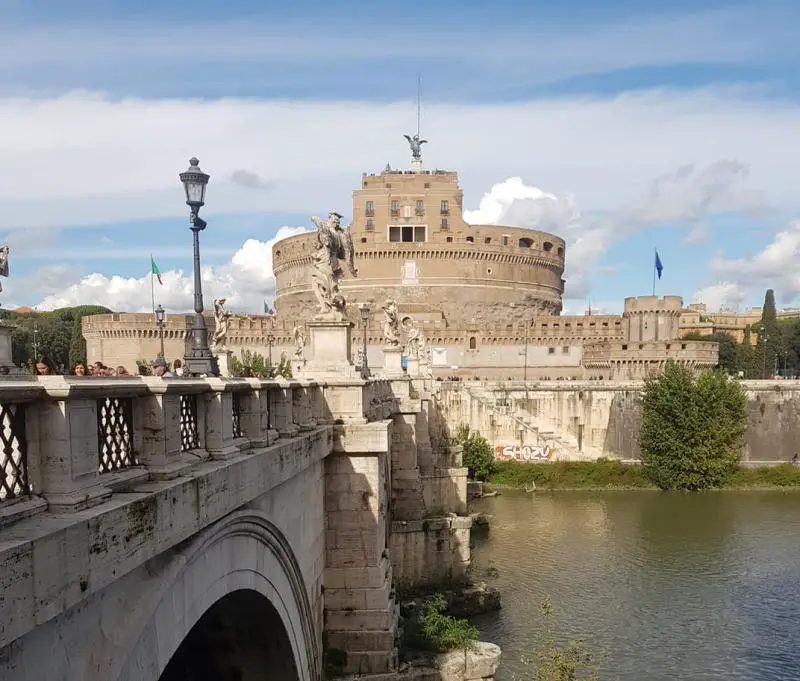
6. Vatican City: one of the smallest sovereign states containing the residence of the Pope also harbors the largest church and most famous square, as well as many art treasures. The Vatican City has its own post office, postage stamps and is governed politically by the Pope, as well as protected by a small and elite army of Swiss Guards.
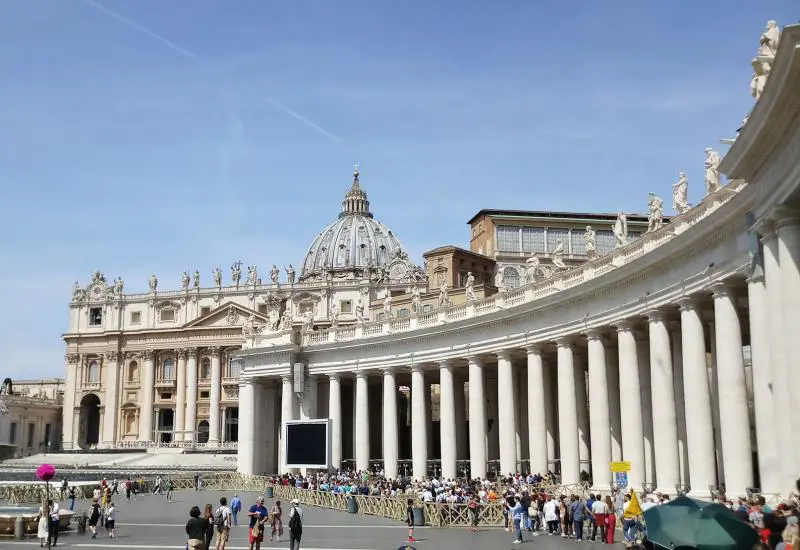
7. Piazza Navona: believed by the Romans to be one of the most beautiful squares in the world dominated by Bernini’s impressive “Fountain of the Four Rivers.” This is also a favorite spot for people watching and enjoying a nice cup of coffee.
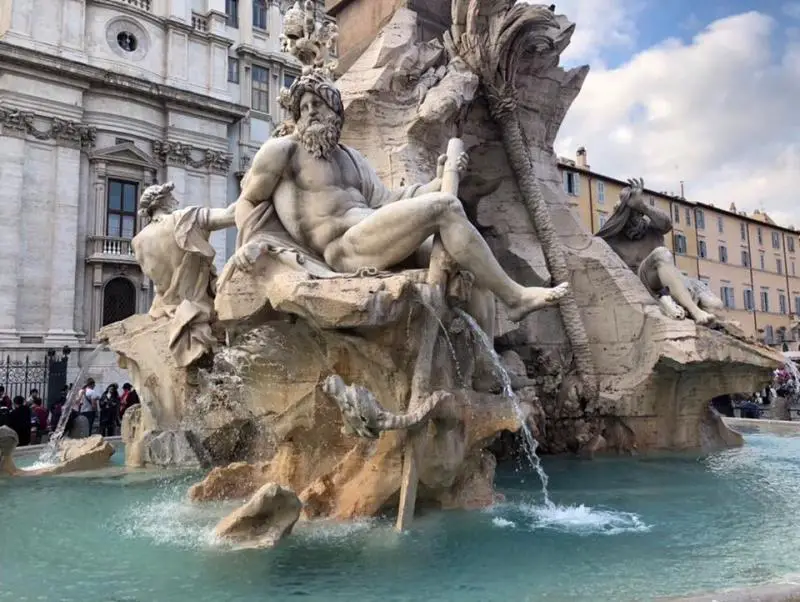
8. Piazza di Spagna (Spanish Steps): gorgeous and picturesque square and steps named after a place that housed the Spanish Embassy. The oldest feature is the Barcaccia Fountain.
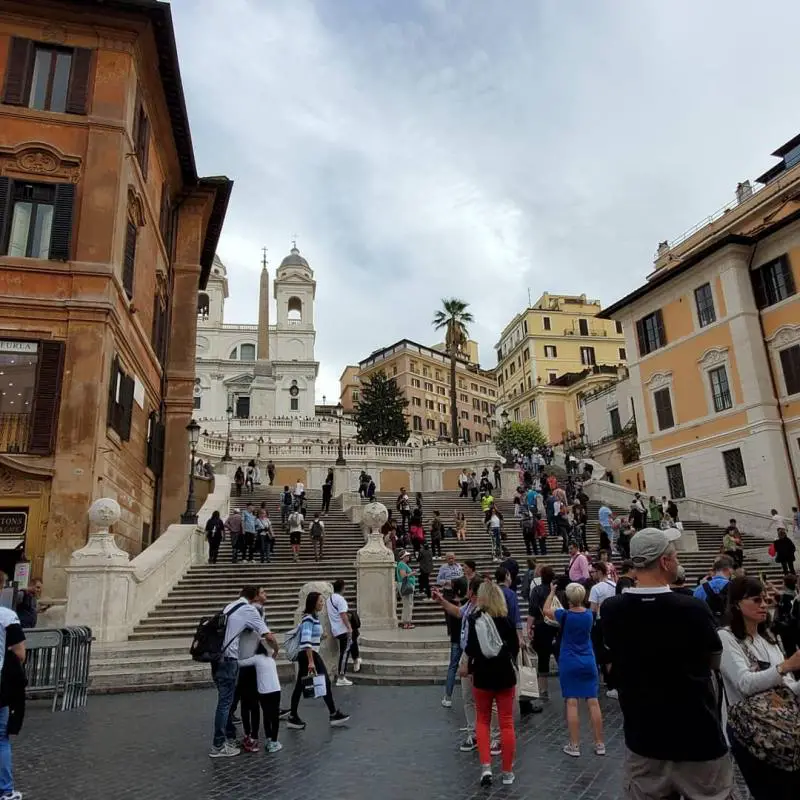
9. Piazza Venezia: the end of Via Del Corso where a huge monument to Victor Emmanuel II stands built in 1911 completely of white marble has also the largest outdoor altar in Europe.
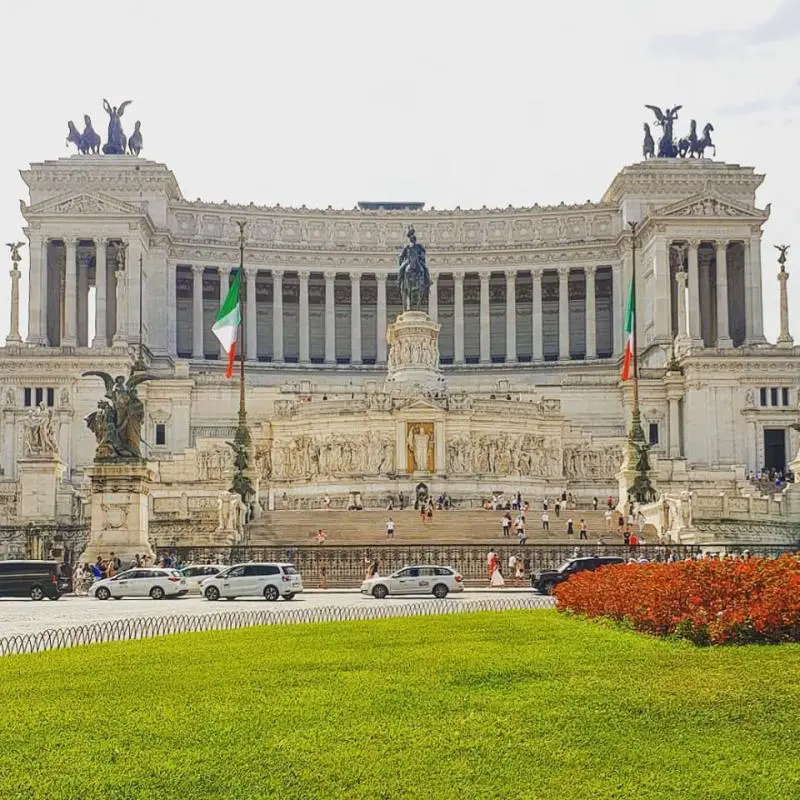
10. Fontana di Trevi: Rome has a lot of beautiful fountains; however, this one is the most famous one indeed. It is located on Via Della Muratte and paired with a romantic legend that says “whoever tosses in a coin will one day return to Rome.”
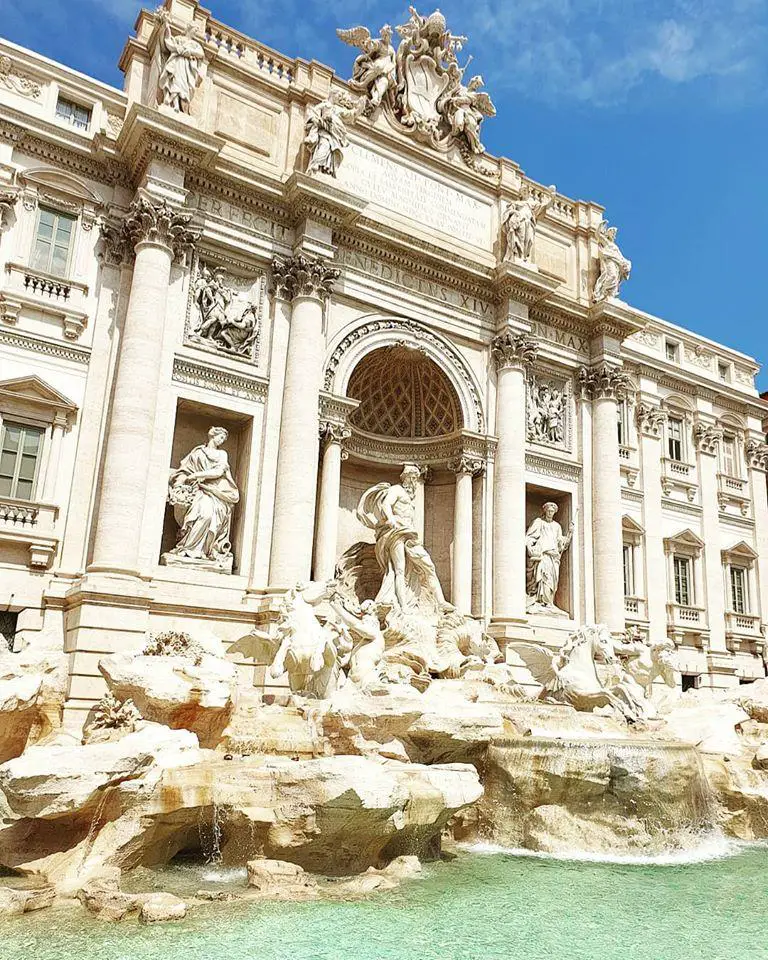
11. Villa Borghese: this park is one of the most famous parks in Rome considered to be a pleasure place created by Cardinal Borghese in 1613. The gallery contains many famous works of art and sculptures.